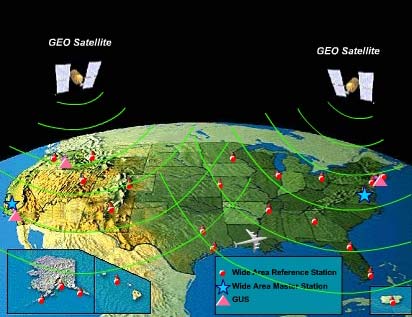Closing down on August 4 were nine USCG sites broadcasting differential GPS corrections via the marine radio beacon frequencies. The stations are elements of the Nationwide Differential GPS (NDGPS) network. The Coast Guard decided to close the sites after public comments and following consultations with the Department of Transportation and the Army Corps of Engineers.
The nine stations that will close are: Cold Bay, Alaska; Lompoc, California; Sturgeon Bay, Wisconsin; Pickford, Michigan; Saginaw Bay, Michigan; Brunswick, Maine; Key West, Florida; Elgin, Florida; and Isabela, Puerto Rico.
In 2015, the Coast Guard, DOT and Army Corps of Engineers proposed decommissioning 62 of the then-existing 84 NDGPS sites. After reviewing the Federal Register comments, the number of site closures was reduced to 37 sites, including 28 Department of Transportation inland sites and nine Coast Guard maritime sites.
Differential GPS works, of course, by siting a GPS receiver at a surveyed location where the lat/long is known to within centimeters. The position calculated via the GPS receiver is compared to the known surveyed position. Any difference in the two positions is the result of error in the GPS system. This difference can then be broadcast to users and applied to the user's GPS position to remove the error.
For the maritime NDGPS stations that correction info is modulated onto a radio beacon signal in the frequency range of approximately 300 kHz. In order for mariners to make use of the board cast, they must have a receiver on board that can pick up radio beacon signals, demodulate the corrections and apply those to a GPS receiver. Those types of receivers are not readily available any more. Besides, there is another system, run by the FAA called the wide area augmentation system (WAAS), that eliminates the need for a separate differential GPS receiver.
The WAAS system uses reference stations on the ground like the Coast Guard NDGPS system. The errors detected by these stations are then uplinked to geosynchronous satellites, which then broadcast the errors using the same frequency as a GPS satellite (see diagram below). Thus, the user's GPS receiver doesn't need a secondary receiver, it can obtain the differential corrections directly. Most marine GPS receivers sold today can receive WAAS signals. As a result the older, radiobeacon-based NDGPS system is no longer widely used and the decision was made to shut down nine stations. The rest will likely be closed soon but there is no official position on when that might happen. "We haven't made a final decision on the remaining sites," said Commander Justin Kimura, Division Chief for physical navigation and positioning and timing.


